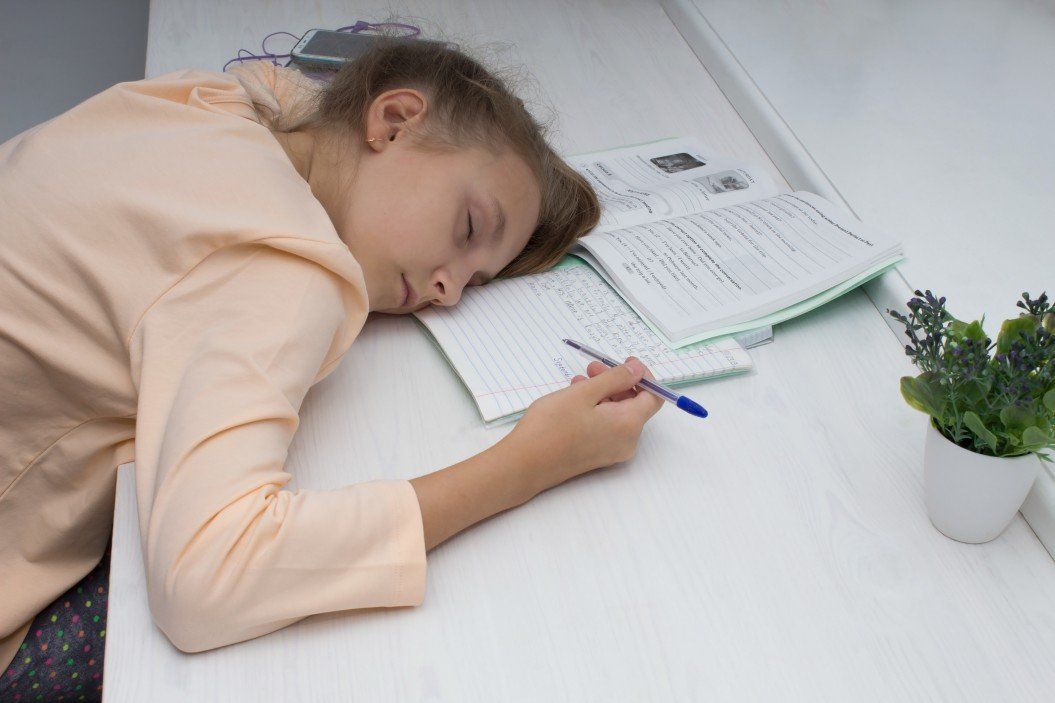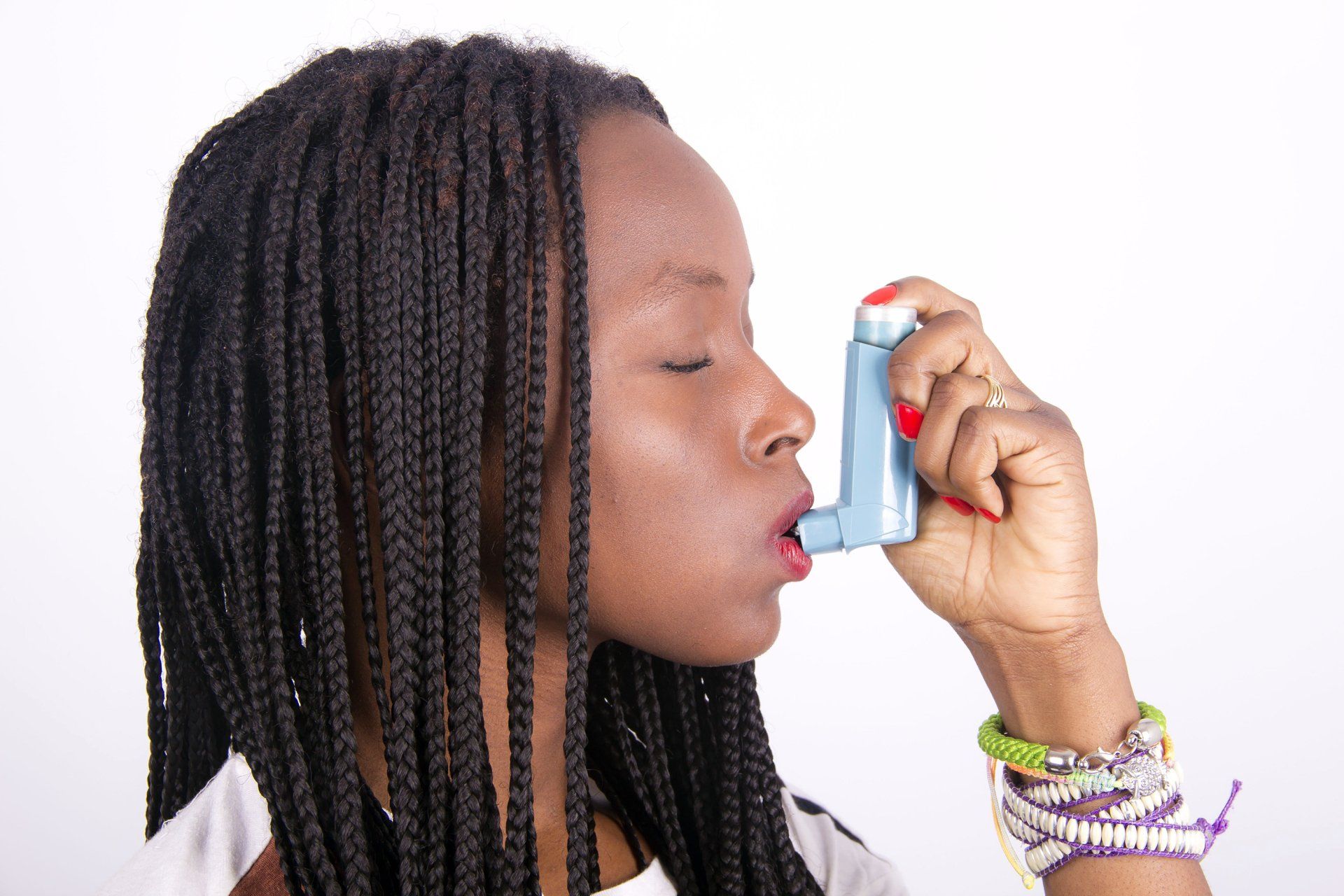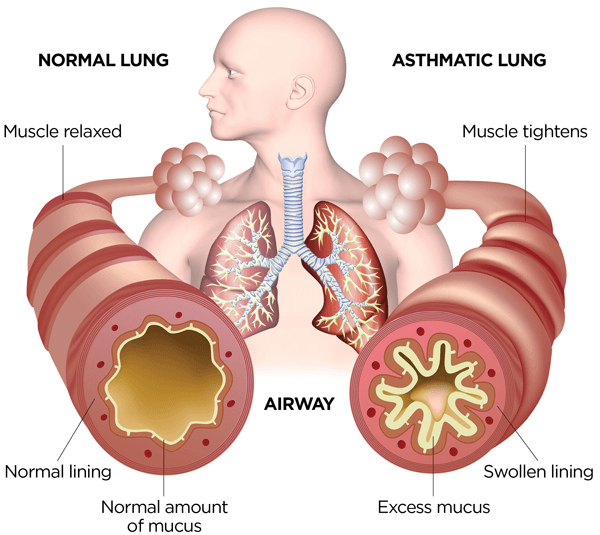Overview of Narcolepsy
This article will provide a comprehensive look narcolepsy. We will help you understand how narcolepsy is diagnosed as well as the most common treatment options available for those impacted by this sleep disorder.

Source: AASM Sleep Education
Reviewed by: Anne M. Morse, DO and Andrea Matsumura, MD
What is narcolepsy?
Narcolepsy is a lifelong neurologic disorder that is characterized by the inability to control normal sleep wake cycles. Individuals with narcolepsy feel overwhelmingly tired, and in some cases, can have sudden episodes of muscle weakness. Narcolepsy can impact nearly every aspect of your life. It is dangerous because you may experience excessive sleepiness or a loss of muscle tone at any time of the day. These can happen in the middle of any activity including eating, walking or driving. Operating a vehicle with untreated narcolepsy can be very dangerous and some states even have laws against it.
Many people with narcolepsy do not know they have the sleep disorder. About one in 2,000 people have some form of narcolepsy. However, it is thought that about 50% of patients with narcolepsy may be undiagnosed and therefore the prevalence may be underestimated. Pediatric onset is common, as is a delay in diagnosing the disorder. The average delay in diagnosis is 8 to 10 years. Narcolepsy may run in some families, but most cases are not genetic.
When you add up the hours of total sleep time, people with narcolepsy don’t necessarily sleep any more than people who don’t have narcolepsy. This is especially true when you consider that many people with narcolepsy often have difficulty sleeping through the night because of unwanted awakenings.
Some people think because they are consistently tired during the day that they may have narcolepsy. Other sleep disorders that cause daytime sleepiness are often mistaken for narcolepsy. These include sleep apnea, circadian rhythm disorders, and restless legs syndrome. Medical conditions, mental health disorders, and use of certain medications or substances can also cause symptoms similar to narcolepsy.
There are two types of narcolepsy:
Narcolepsy type 1
This type of narcolepsy involves a combination of excessive daytime sleepiness and one or both of the following:
- Sudden loss of muscle tone or episodes of muscle weakness while you are awake are known as cataplexy. It may lead to slurred speech and buckling knees, or in more severe cases complete paralysis. These events are usually triggered by strong emotions such as joy, surprise, laughter or anger.
- Low or absent CSF hypocretin-1 levels. Narcolepsy type 1 is caused by a deficiency of the neurotransmitter hypocretin (orexin). Hypocretin is a chemical that regulates arousal, wakefulness and appetite. A patient with low hypocretin has narcolepsy type 1, even if they don’t exhibit cataplexy.
Narcolepsy type 2
This type of narcolepsy occurs when you have excessive daytime sleepiness but no cataplexy. You may take a nap for a couple of hours and wake up feeling refreshed. But after a short time, you feel tired again.

What are symptoms of narcolepsy?
Symptoms of narcolepsy usually begin between the ages of 15 to 25, but it is possible start experiencing symptoms at a much younger or older age. The symptoms usually worsen after the first few years. You may experience the following:
Excessive daytime sleepiness
The primary symptom of narcolepsy is excessive daytime sleepiness. You may feel tired during the day even though you had a full night’s sleep. This sleepiness is difficult to prevent and may vary over the course of the day. After a brief nap, you may feel alert, but the sleepiness will return after an hour or two.
Hallucinations
Some patients with narcolepsy have vivid sleep-related hallucinations, either when falling asleep or waking up. These hallucinations are usually visions that someone or something is present in your bedroom. It can feel very real and trigger feelings of fear or dread. Other common visions may include being caught in a fire or flying through the air. These experiences are mainly visual, though they may also involve your senses of sound, touch, taste and smell.
Sleep paralysis
You might lose the ability to move and feel paralyzed when you are falling asleep or waking up. This usually lasts a few seconds or minutes. This can be frightening, but it is not associated with an inability to breathe. Sleep paralysis can sometimes be paired with hallucinations, which are especially upsetting.
Fragmented sleep
About half of people with narcolepsy have problems sleeping through the night. You may wake up frequently and have difficulty falling back to sleep.
Memory problems
You may have trouble remembering things that people tell you because you were not fully awake at the time. Memory lapses also happen when sleepiness sets in as you are doing activities that do not require much thought.
Sudden loss in muscle tone (cataplexy)
This only occurs if you have narcolepsy type 1. Cataplexy occurs when you have a sudden episode of muscle weakness that is triggered by a strong emotion. This can happen when you are surprised, elated or even intimate with a partner. You may slur your speech or lose control of your limbs, or you may become completely paralyzed.
Narcolepsy with cataplexy is frequently linked to increased weight, sometimes obesity. Those with narcolepsy may have other psychiatric disorders or precocious puberty. It is possible to have narcolepsy along with another sleep disorder, such as sleep apnea or REM sleep behavior disorder.

How to diagnose narcolepsy?
Self-test
If you think you may have narcolepsy, ask yourself the following questions:
- Have you had the sudden urge to sleep during the day even though you’re getting enough sleep at night?
- Have you fallen asleep or dozed off while working, eating or speaking with someone?
- Have you felt alert after a brief nap but then the alertness quickly changes to sleepiness?
If you answer yes to any of these questions, there is a chance that you have narcolepsy.
Diagnosis
Since narcolepsy is not a common sleep problem, many primary care physicians have difficulty diagnosing the sleep disorder. A sleep doctor can help make the proper diagnosis. Use the sleep center directory to find an accredited sleep center near you and schedule an appointment with a sleep doctor. She will perform a combination of tests to help determine if you have narcolepsy.
Sleep study
Also known as polysomnography, a sleep study requires you to stay overnight at a sleep center. You will sleep with sensors attached to different parts of your body that record your brain waves, heartbeat and other aspects of your sleep. This test will show if there are other problems, such as sleep apnea, that are causing your excessive daytime sleepiness or sleep attacks.
Multiple Sleep Latency Test (MSLT)
Also known as a nap study, the MSLT measures your daytime sleepiness. The test requires you to attempt to take multiple naps at a sleep lab at set times throughout the day. It is used to see how quickly you fall asleep in quiet daytime situations. For each nap trial you are asked to lie quietly in bed in a dark room and try to go to sleep. Most people with narcolepsy fall asleep in an average of three minutes during the MSLT.
Hypocretin level measurement
In certain circumstances, the doctor will need to measure your hypocretin (orexin) levels. Hypocretin is the neurotransmitter that controls arousal, wakefulness and appetite. This test can be useful to diagnose narcolepsy type 1. People with low or absent hypocretin levels are classified as having narcolepsy type 1, even if they don’t have cataplexy.

How to treat narcolepsy?
There is no cure for narcolepsy, but the sleep disorder is manageable through medication and lifestyle changes. It may take some time for the sleep doctor to find the right treatment plan for you.
This may include:
Stimulants
The sleep doctor is likely to prescribe you a stimulant to help you stay awake during the day. Many doctors choose to prescribe the wake promoting agent modafinil (Provigil) first for narcolepsy because it is less addictive and has fewer side effects compared to stimulants. Other medications prescribed for narcolepsy include methylphenidate (Ritalin) or amphetamines.
SSRIs or antidepressants
These medications are often prescribed to treat cataplexy, as well as other narcolepsy symptoms including hallucinations and sleep paralysis. The effects vary depending on the medication your doctor recommends. Another drug that is sometimes used to treat cataplexy and daytime sleepiness is sodium oxybate (Xyrem or Xywav).
Lifestyle adjustments
Your physician may also recommend lifestyle changes that can help you manage the symptoms of narcolepsy. You will need to keep a consistent sleep schedule by going to sleep and waking up at the same time every day, including weekends. If possible, schedule short 20-minute naps throughout the day. To increase your energy through the day, try to get regular exercise and avoid use of tobacco, alcohol or drugs.
Some lifestyle adjustments may include special accommodations at work or at school. Narcolepsy is a disorder covered under the Americans with Disabilities Act (ADA), meaning that reasonable accommodations must be made for patients at work and at school. Pediatric patients have additional protections for school accommodations under the Individuals with Disabilities Education Act (IDEA). Ask your sleep doctor about what accommodations might be appropriate for you or your child.









